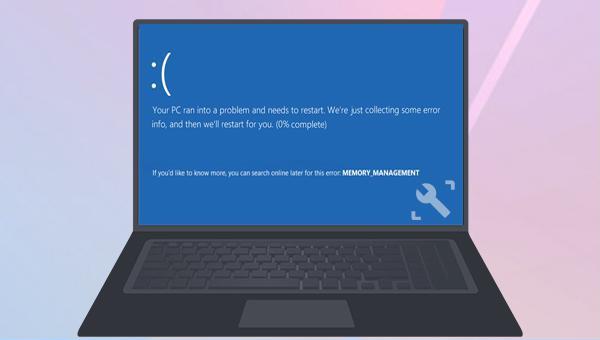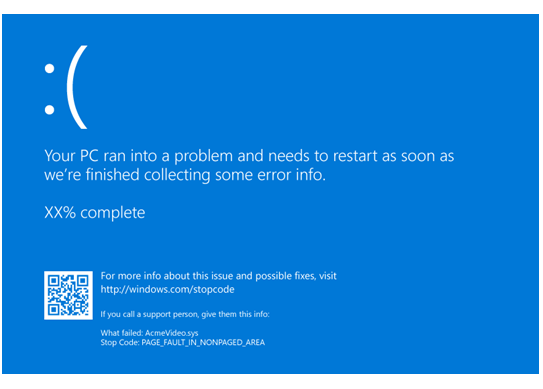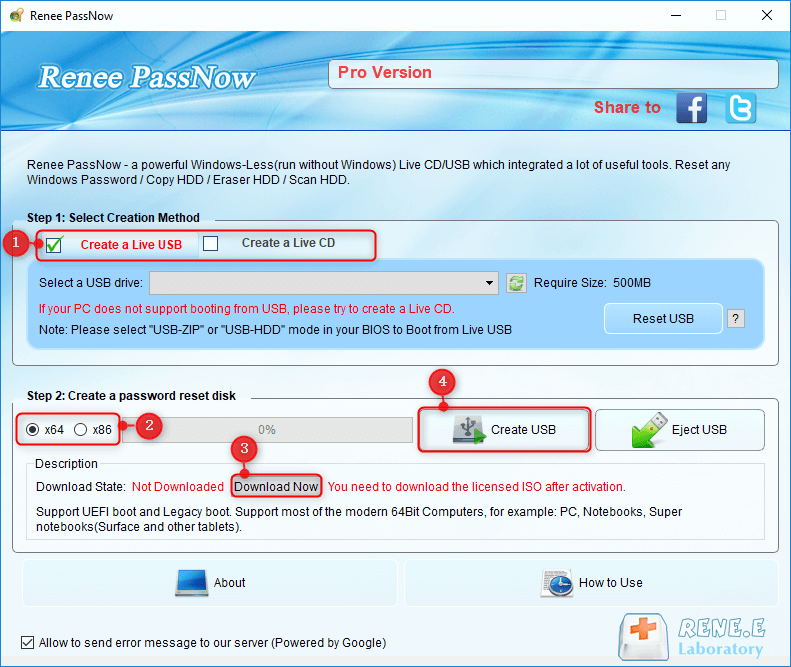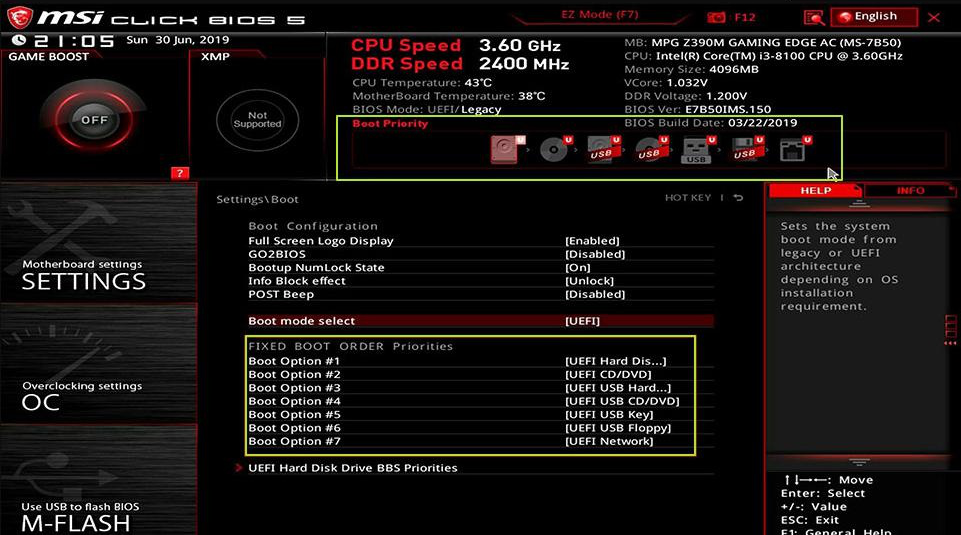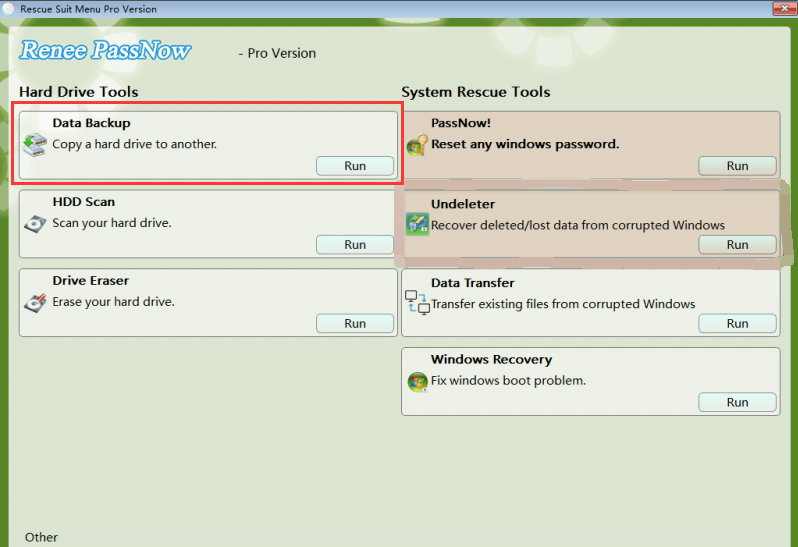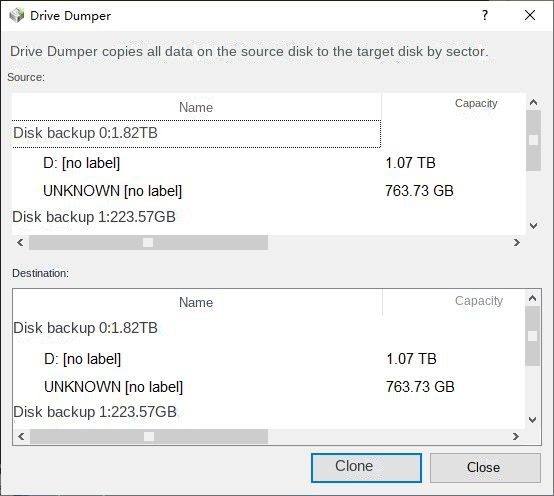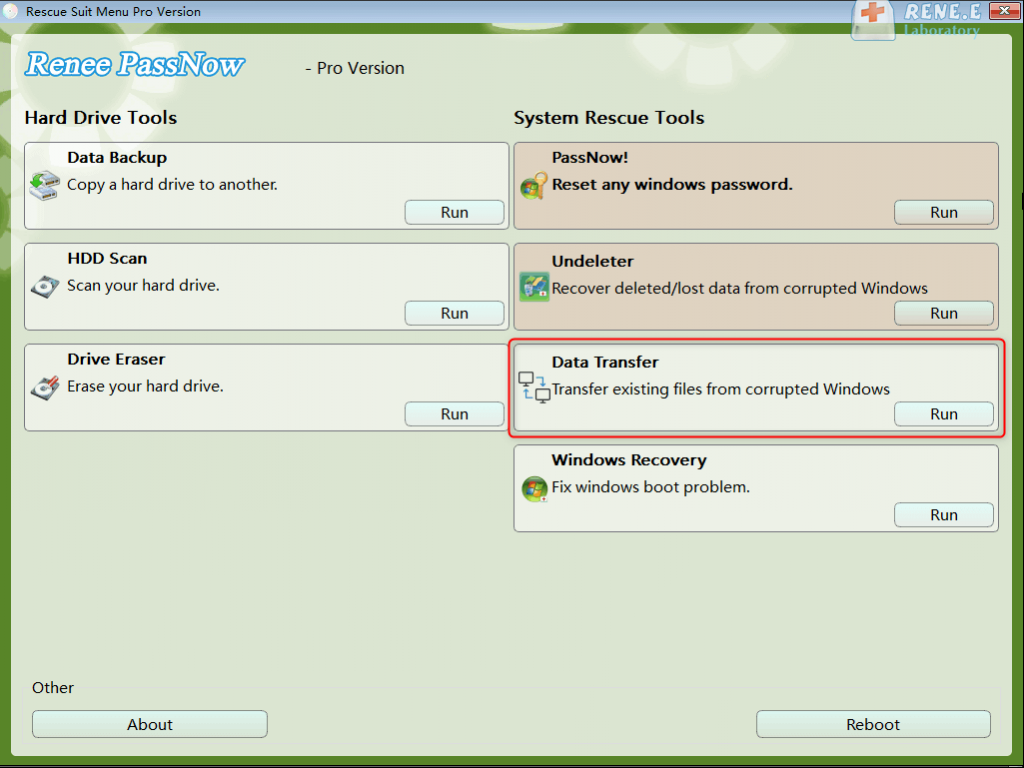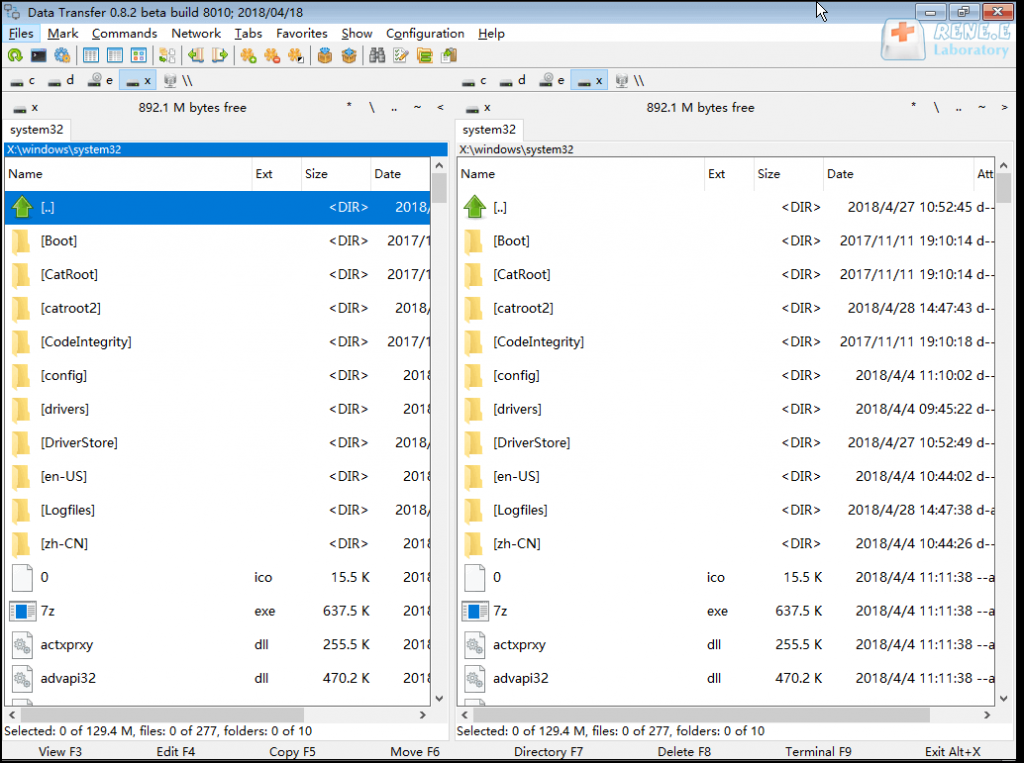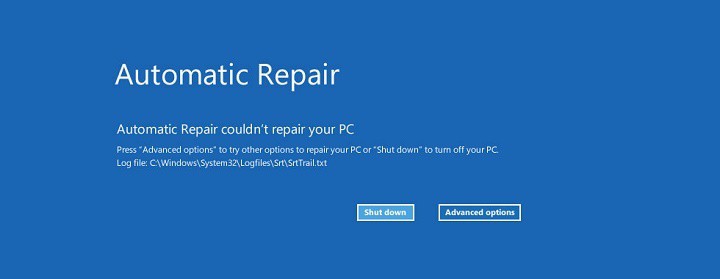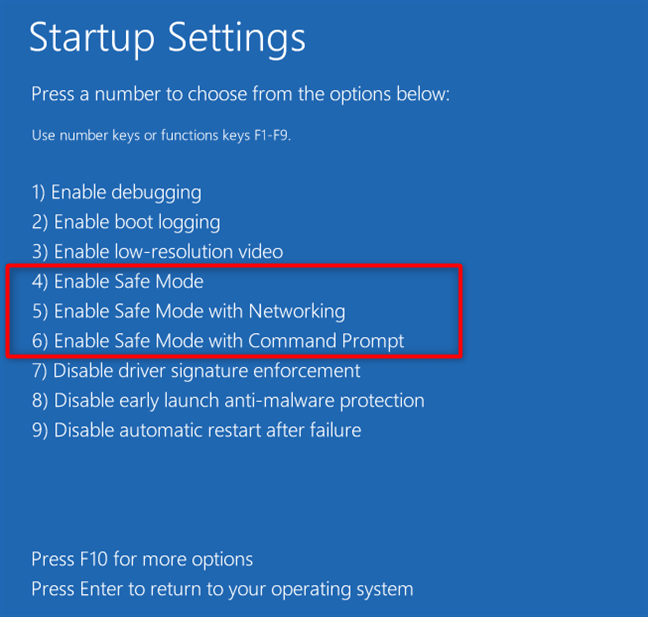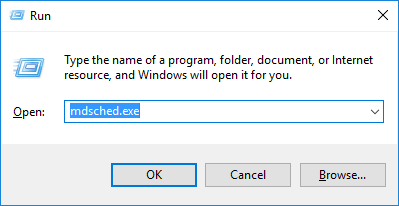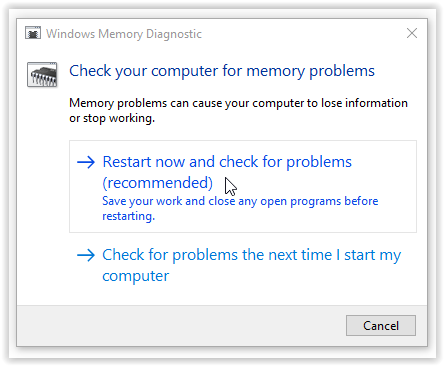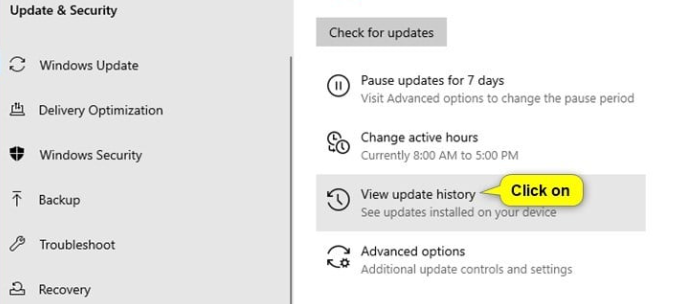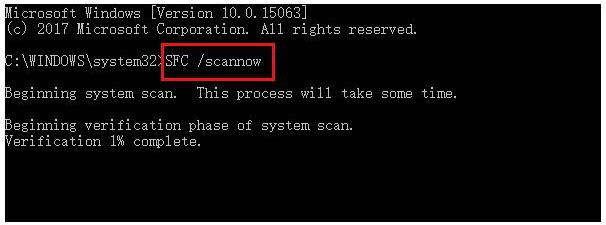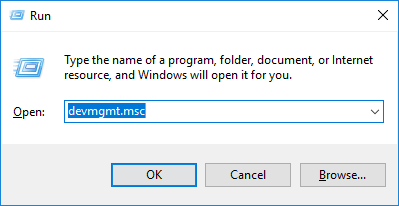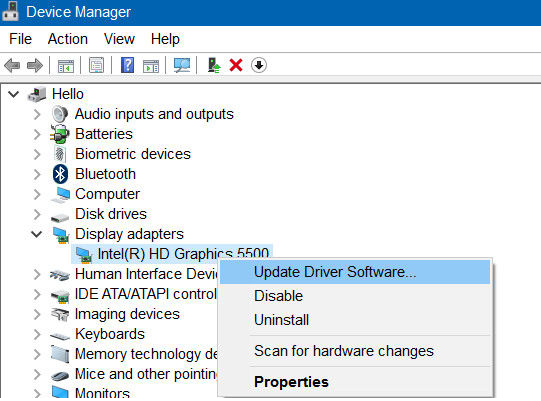III. How to fix Windows 10 blue screen termination code Memory Management?
1. Restart the computer or enter safe mode
When encountering a blue screen error, restart the computer first. The system will automatically repair some detected glitches upon restart. If the issue persists, enter safe mode and troubleshoot from there.
Step 1: Start the computer, and interrupt the startup process by pressing the power button on the Windows logo screen 3 times. Restart the computer and select Advanced Options in Automatic Repair to enter the Windows recovery environment.
Step 2: Enter the safe recovery environment of Windows by force restarting, then select (Troubleshoot>Advanced Options>Startup Settings>Restart). Choose 5 or F5 to start Safe Mode with Networking when the computer restarts.
After restarting the computer normally or entering safe mode, you can proceed with the following repair operations.
2. Run the Windows Memory Diagnostic Tool
The Windows Memory Diagnostic Tool can check for problems with system memory. The steps are as follows:
Step 1: Press (Windows+R) keys simultaneously to open the run window, then enter (mdsched.exe) command for Windows Memory Diagnostic Tool.
Step 2: Select the “Restart now and check for problems (recommended)” option in the Windows memory diagnostic interface, wait for the diagnostic process to complete, and then restart the computer to see if the blue screen problem has been resolved.
3. Manually update Windows
Blue screen errors like MEMORY_MANAGEMENT can occur if Windows updates are not installed correctly. Manually updating Windows may fix this issue.
Step 1: Start your Windows computer, click (Start) > (Settings) > (Update & Security).
Step 2: Click (Check for Updates) in Windows Update and wait patiently for the result.
Step 3: To address Windows update issues, check the update history for errors such as driver update problems. Download and install the correct driver from the device’s official website or follow Microsoft’s instructions from the Windows Update Catalog. If you encounter a blue screen error post-update, uninstall the latest update from the history.
SFC (System File Checker) is a Windows utility that scans and automatically fixes system file errors.
Step 1: Search for (cmd) in the lower left corner search box, right-click (Command Prompt), and select (Run as Administrator) to open the Command Prompt tool.
Step 2: Enter the command SFC /scannow in the command prompt window and press Enter. System File Checker will scan and fix problematic system files. Restart the computer after the repair is complete to check if the blue screen problem is resolved.
5. Update the graphics card driver
Updating the graphics driver can help resolve Memory Management issues caused by outdated or corrupt drivers.
Step 1: Press (Windows + R) keys to open the Run window, then enter devmgmt.msc to open the Device Manager.
Step 2: Find “display adapter” in the device manager window, select the graphics card device, and choose the option to update the driver by automatically searching for it. Restart your computer after the operation is complete to see if the issue is resolved.
Visit the official website of the graphics card manufacturer to download and install the corresponding graphics card driver in addition to the device manager.
6. Troubleshoot computer hardware problems
Blue screen termination code Memory Management may be caused by computer hardware errors, such as abnormalities or damage to memory sticks, processors, motherboards, or hard drives. Troubleshoot hardware exceptions by following the steps below. If your computer is under warranty, bring it to the brand’s after-sales department for maintenance instead of disassembling it.
① Remove the memory stick from the computer when it is turned off, use an eraser to wipe the metal contacts, replace the slot, reinstall it, and restart the computer to check if the blue screen problem is resolved.
② Certain computer brands’ manufacturers pre-install hardware detection software to perform a complete hardware scan.
③ Clean dust, reapply silicone grease, install a fan to maintain normal cooling capacity of computer equipment, and monitor for blue screen issues in standby at normal temperature.
④ If conditions permit, try replacing a new memory module or hard disk to check if the blue screen of the computer is caused by failure or incompatibility.
